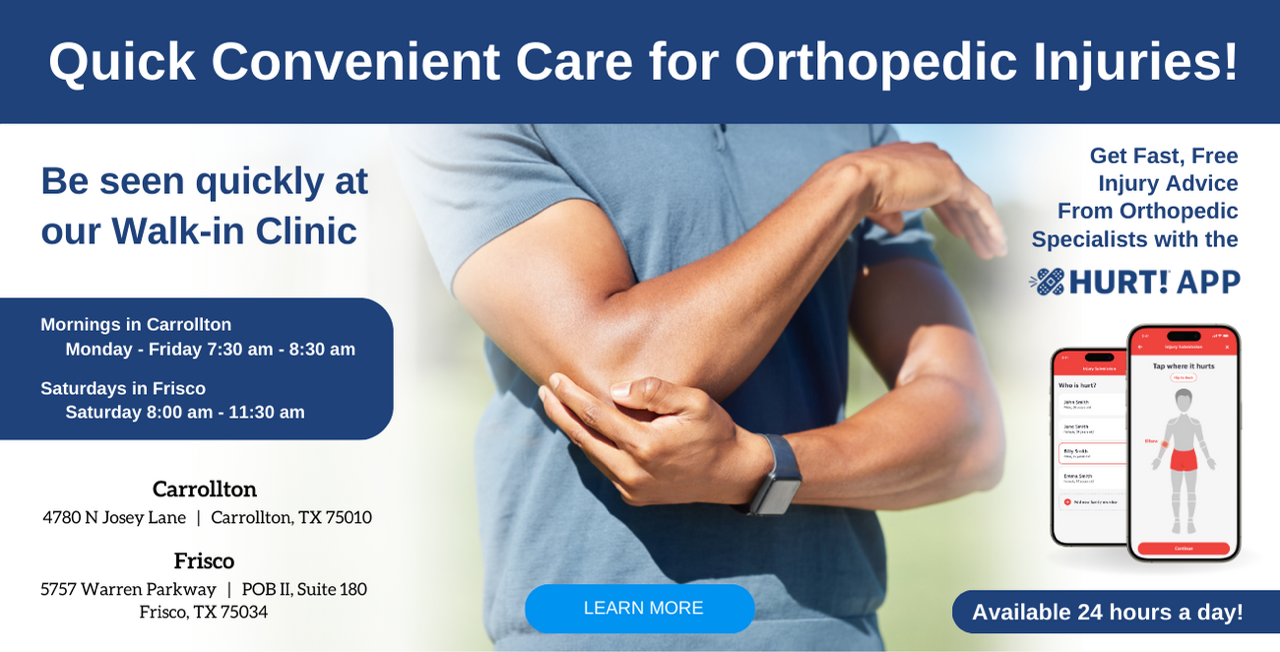Welcome To Our Blog

Thumb Fractures: Causes, Symptoms And Treatment
The thumb has two bones - the distal phalange placed between the tip and the knuckle; and the proximal phalange extending between the knuckle and the base. The first metacarpal connects the thumb to the hand. A break or a crack in any of these bones is called the thumb fracture. The chances of developing arthritis in the hand increases once the thumb gets fractured. The most difficult situation occurs when the bone near the base of the thumb breaks. The amount of time taken to treat the fractured thumb depends on the severity of the condition and it may take up to 3 months for...

Scheuermann’s Kyphosis
Scheuermann’s Kyphosis, also known as Juvenile Kyphosis or Calve’s disease, is a self-limiting disorder that creates an abnormal curvature of the spine. This is a thoracolumbar disorder that commonly affects the adolescents during their growth phase. A normal spine is vertically inclined and its cylindrical-shaped vertebrae are placed one above the other to keep it stable. A slight curve is present in the spine which allows it to bear the impact of the body’s movements and to absorb external shocks effectively. In some cases, the vertebrae may grow at a different rate relative...

Orthopedic Treatment For Knee Osteonecrosis
Death of a bone due to loss of blood supply is referred to as Osteonecrosis. The condition mostly affects the hip joint although the knees may also get damaged. It is one of the most common causes of knee pain in women above the age of 60 years. The knee joint gets its blood supply from the two main arteries: femoral artery and the popliteal artery. During Osteonecrosis, the blood supply to the lateral femoral condoyle or the medial femoral condoyle, two main bones of the thigh, may get disrupted. The top of the tibia or the lower leg bone may also be damaged. The bones thrive...

Overlapping Toes: Causes, Symptoms And Treatment
Overlapping Toes refers to a foot deformity that occurs when one of the toes overrides the adjacent toe. The condition commonly affects the fifth and the second toe. Overlapping is generally detected at the time of birth or during early infancy. As the person ages, the deformity tends to become more rigid. Overlapping Toes may occur at any time in life and is more common in women than men. Causes Genetic traits passed on from the parents to the child Congenital – it is believed that the position of the fetus in the womb is such in some cases that the foot gets cramped...

Growth Plate Fractures
The growth plate is a mass of cartilage tissue that is found around the edges of the long bones such as the femur, ulna, and the radius. Each of these bones has at least two growth plates at their ends and the bone development occurs around these plates. The growth plate tends to harden or ossify at the end of the growth cycle of the child once the bones have attained their full length. These are weak soft tissue structures that can break with slight external pressure or overuse. It is estimated that about 30% of the fractures reported during childhood or in young adults,...

